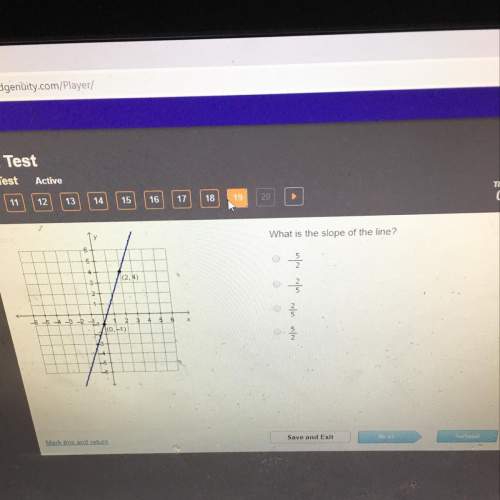
Mathematics, 30.09.2020 01:01 castellon67
From a sample with n=36. the mean number of televisions per household is 3 with a standard deviation of 1 television. Using Chebychels Theorem, determine at
least how many of the households have between 1 and 5 televisions.
At least ___of the households have between 1 and 5 televisions.
(Simplify your answer.)
*how do I solve this? The steps on the computer confuse me*

Answers: 2


Other questions on the subject: Mathematics


Mathematics, 21.06.2019 22:10, leslie4759
Which function can be used to model the monthly profit for x trinkets produced? f(x) = –4(x – 50)(x – 250) f(x) = (x – 50)(x – 250) f(x) = 28(x + 50)(x + 250) f(x) = (x + 50)(x + 250)
Answers: 2


Mathematics, 22.06.2019 02:00, shandrablue9348
Hannah reads at a constant rate of 33 pages every 88 minutes. write an equation that shows the relationship between pp, the number of pages she reads, and mm, the number of minutes she spends reading.
Answers: 1
You know the right answer?
From a sample with n=36. the mean number of televisions per household is 3 with a standard deviation...
Questions in other subjects:


Mathematics, 19.03.2020 21:05



History, 19.03.2020 21:05


Mathematics, 19.03.2020 21:05






